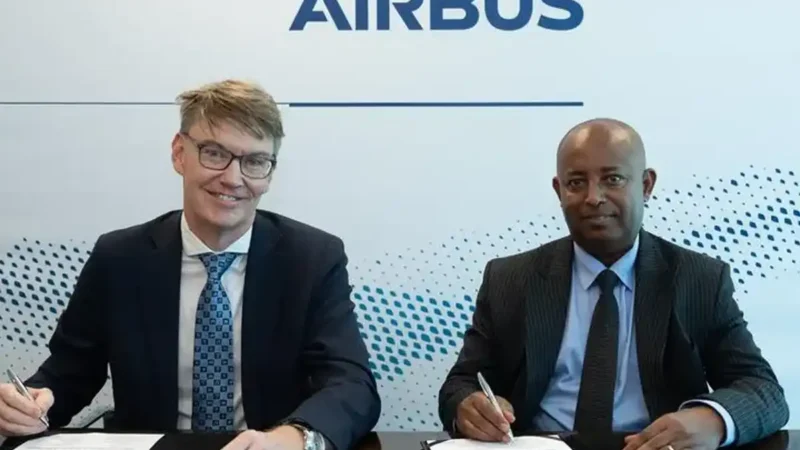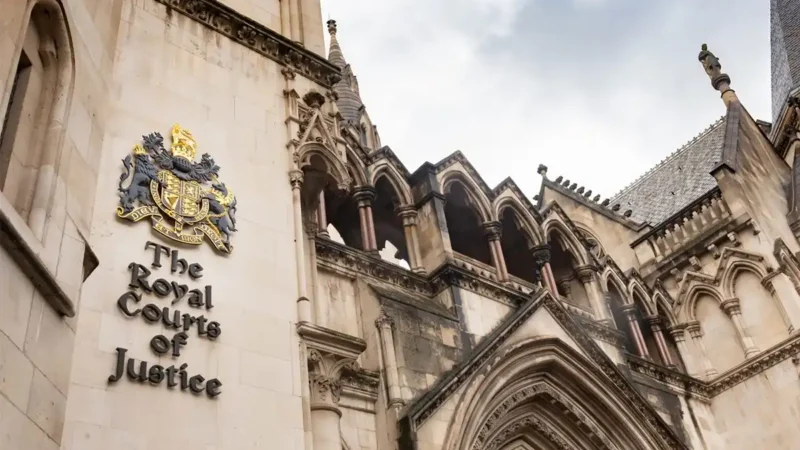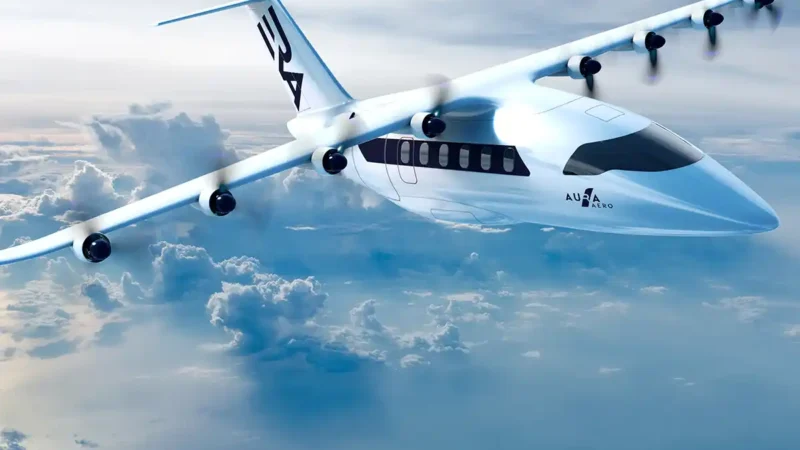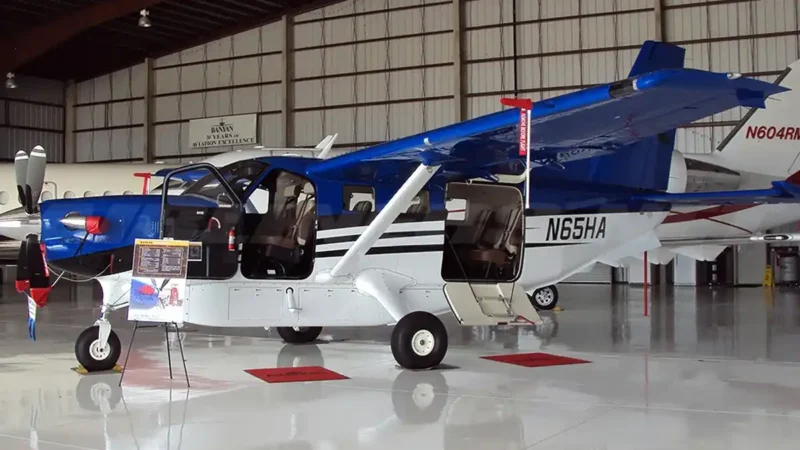At EBACE 2022, Daher highlights its vision for a more sustainable future of aviation
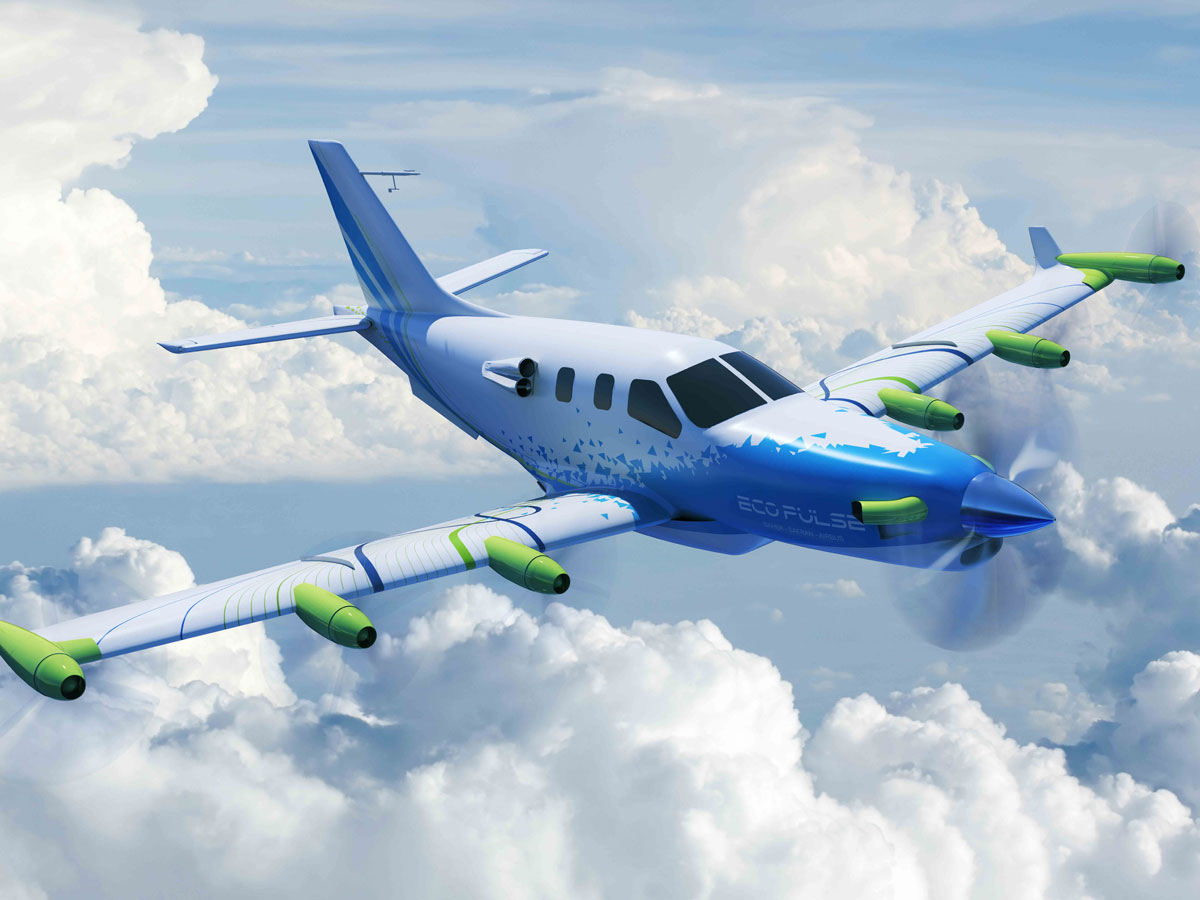
Daher’s research, development and production activities that will contribute to an increasingly sustainable aviation industry were outlined by the company during its media briefing at the European Business Aviation Convention & Exhibition (EBACE) in Geneva, Switzerland.
Chief Executive Officer Didier Kayat underscored the benefits of Daher’s family ownership and the company’s 160-year history in developing solutions that respond to aviation’s long-term climate goal of reaching net zero carbon emissions by 2050.
“In taking bold steps to decarbonize airplanes, we need to evolve the way we build them – applying innovative materials and rethinking their industrialization – while also decarbonizing the entire process that leads to the aircraft manufacturers’ assembly lines,” Kayat explained.
Among its leading research and development projects is the EcoPulse™ distributed propulsion hybrid aircraft demonstrator, being developed by Daher, Safran and Airbus with the support of France’s CORAC civil aviation research council. Its purpose is to develop the key architectural principles for future hybrid airplanes. This demonstrator utilizes Daher’s TBM 900-series turboprop aircraft as the baseline airframe with minimal systems equipment and with its standard propulsion system being augmented by six wing-mounted propellers, each of which are driven by 50-kW electric motors.
The EcoPulse™ demonstrator has been powered up at the Tarbes, France facility of Daher’s Aircraft Division in preparation for the initiation of flight evaluations this year. In addition to Daher’s role as the aircraft integrator for EcoPulse™, the company’s responsibilities include flight/airworthiness testing and overall analysis coordination of the test results. Airbus is in charge of developing the high-energy-density 350 kW/350 kg main battery system for EcoPulse™, along with aerodynamic and acoustic integration of the distributed-propulsion system, as well as development of a flight control computer. Safran supplies the electric motors and oversees the distributed hybrid-propulsion system’s integration.
Kayat said another bold step in Daher’s research and development strategy was the company’s decision to create three new innovation centers – called Techcenters – that cover each of its core businesses: aircraft manufacturing, aerospace equipment and logistics.
The Aerostructures Techcenter in Nantes, France will accelerate Daher’s innovation in composite structural components while reducing their technological maturity lead time. The Aircraft Techcenter at Tarbes is dedicated to the development of the company’s aircraft manufacturing core business, and includes materials laboratories, rapid prototyping workshops, and facilities for mechanical engineering testing, systems integration, along with flight test preparation and operation.
“These innovation centers represented a bold decision by Daher, as we launched them while the aviation sector was still facing challenges from the COVID-19 pandemic,” Kayat added. “They reflect our ambition and commitment to develop increasingly innovative and environmentally responsible solutions, which can further be introduced on Daher’s aircraft roadmap.”
Daher is present this week at EBACE (European Business Aviation Convention & Exhibition) Geneva’s Palexpo convention center, (Booth W35, Hall 6).

